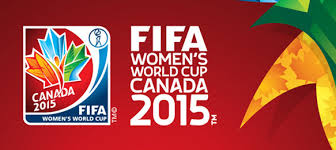July 7 – The money gap when compared to the men may still be huge but FIFA’s decision to stage the women’s World Cup in Canada and increase the finalists to 24 teams certainly paid off in terms of crowds and global interest – and, on the field, in terms of excitement.
Statistics don’t always tell the whole story but with a total attendance of 1.35 million (a record for a FIFA competition other than the men’s World Cup including seven games with over 50,000) and an average 2.81 goals per game, Canada could not have done much more to put the sport on the map even if the draw appeared to be deliberately designed to meet the needs of prime-time television in north America.
FIFA executive committee member Lydia Nsekera, Chairwoman of FIFA’s Committee for Women’s Football, admitted after the tournament that participation levels needed to improve but added: “It should serve as an inspiration for all member associations, and should certainly not lead to a drop-off in development just because of a few bad results.”
Tatjana Haenni, FIFA’s Head of Women’s Football, described the use of goal-line technology, used for the first time in the competition and employed in eight of the matches, as “essential” while Peter Montopoli, ceo of the organising committee, said the 1.35 million tickets sold represented a healthy 90% of the target.
Ultimately the use of artificial turf failed to spoil the spectacle yet for all its success, the women’s game still lags way behind when it comes to remuneration. Sunday’s final may have been the most watched soccer game in history in the United States but the total payout in prize money was $15 million, compared with $576 million for the men last year.
And for winning the trophy the Americans received $2 million compared to $35 million that went to men’s World Cup champions Germany.
Contact the writer of this story at moc.l1751421689labto1751421689ofdlr1751421689owedi1751421689sni@w1751421689ahsra1751421689w.wer1751421689dna1751421689

